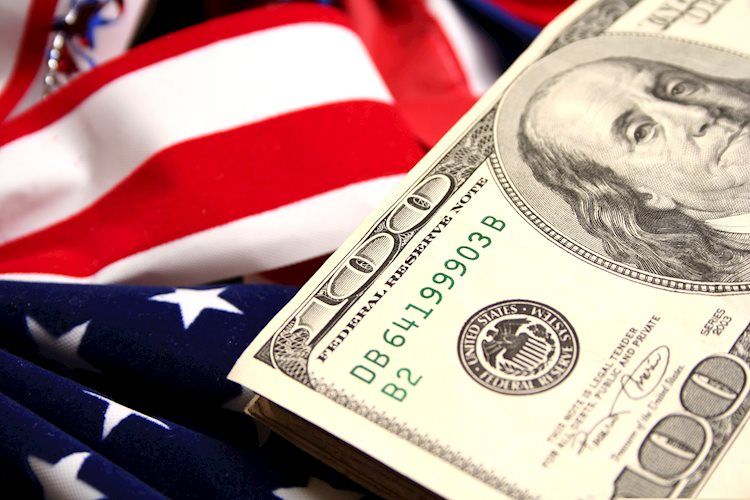The US Dollar faced a decline in Friday’s North American session as investors gained confidence in the Federal Reserve reducing interest rates in September. The US Dollar Index (DXY) struggled to maintain its recovery on Thursday, falling to near 102.75. Expectations of the Fed starting to reduce interest rates led to a decrease in the likelihood of a 50-basis-point interest-rate cut, causing the dollar to weaken.
Robust US Retail Sales growth and lower weekly Jobless Claims contributed to the decline in the risks of a hard landing for the US economy. The data on Thursday showed a strong growth in Retail Sales in July and a decrease in Initial Jobless Claims, indicating favorable labor market conditions. The improvement in the Michigan Consumer Sentiment Index also boosted confidence in the economic outlook.
Investors are now focusing on Fed Chair Jerome Powell’s speech at the upcoming Jackson Hole symposium to get clues about the future interest rate cuts. Powell is expected to provide guidance on the interest rate cut path as inflation returns to the desired rate of 2% and labor market conditions stabilize. The US Dollar Price Today shows the percentage change of the dollar against major currencies, with the dollar showing strength against the Canadian Dollar.
Technical forecasts suggest that the US Dollar is in a bearish trend, forming lower highs and lower lows. Immediate support levels for the dollar include the March 8 low at 102.35 and the psychological level of 102.00. Resistance levels for Greenback bulls are the August 8 high at 103.54 and the June 4 low of 104.00. The University of Michigan Consumer Sentiment Index, a key economic indicator, provides insights into consumer sentiment and spending behavior, impacting the US economy and the US Dollar.
Overall, the US Dollar remains under pressure as investors anticipate interest rate cuts by the Fed in September. Positive economic data and improved consumer sentiment have helped alleviate concerns about a recession, leading to a more stable outlook for the US economy. Fed policymakers have recognized the need for interest rate cuts to address risks in the labor market, further supporting the case for potential rate cuts. As market speculation evolves, the US Dollar’s performance will continue to be influenced by economic indicators and central bank decisions.










